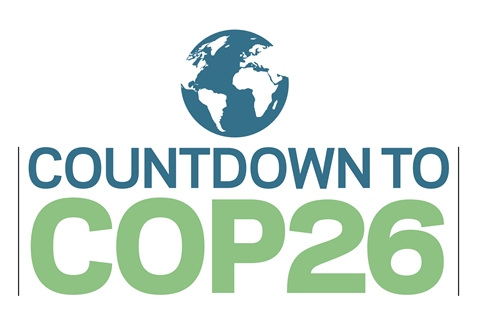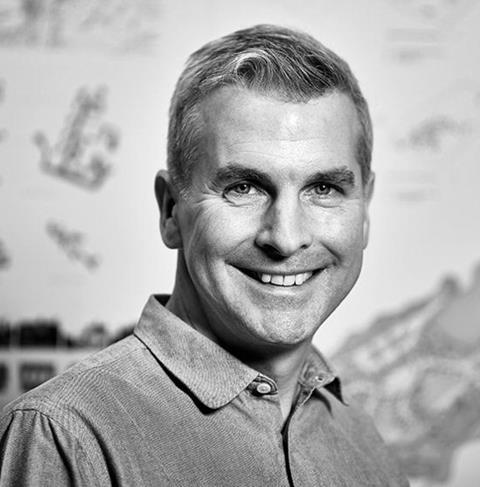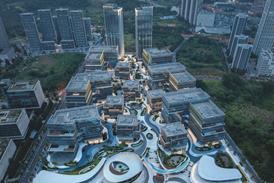As the global climate summit approaches, we ask leading figures in the profession and wider industry to share one idea they think could help save the planet

Work together
Maria Smith, director of sustainability and physics at Buro Happold
We are hearing it again and again: the built environment is responsible for close to 40% of global greenhouse gas emissions and so therefore central to addressing the climate and biodiversity emergency.
But the built environment is not a big well-oiled carbon-emitting machine that we can just turn the dial down on. We’re dealing with a complex system with a fragmented value chain that spans many industries, government departments, regulations and areas of concern and influence.

Critical to action on the built environment then, is systems thinking. This means thinking beyond the actions and roles of each individual person, group, or business operating in the built environment and instead considering how we are configured as a sector and the ways that we all influence and impact each other. Understanding the challenge in this way enables us to change faster, more fairly, and with far fewer unintended consequences. Making change based on this understanding requires collaborative and strategic system-wide analysis and action.
Maybe this sounds overwhelming, but it also suggests a very simple answer to an important question we’re all asking ourselves: what can I do to make a difference? The answer, I believe, is to work together: join groups that are working across businesses, across disciplines, and across sectors. If there isn’t a group, start one. Then together work to understand the drivers and barriers at play and how to overcome them by changing the way we work with each other across businesses, across disciplines, and across sectors, towards a common goal.
Recognising the built environment as a system is the first principle in Built for the Environment, a report written by Buro Happold for the RIBA and Architects Declare that makes recommendations to governments ahead of COP26. The report has been endorsed by C40 Cities, the Global Alliance of Buildings and Construction, the World Green Building Council and others. We are now looking for endorsements from across the global built environment industry. If your organisation supports the recommendations made in the report, please endorse it here.
More funding for research and education
Jerry Tate, partner at architects Tate & Co
There has been excellent progress on reducing operational carbon emissions, with better statutory regulation and standards such as Passivhaus becoming more prevalent. But there is still a mountain to climb in terms of education, and demonstrating how to actually implement low carbon solutions.

Organisations like the Passivhaus Trust or the Supply Chain Sustainability School are doing an incredible job, but we need to expand their efforts and the industry needs to provide them with more funding. We also need more data and evidence-gathering from real buildings and their actual carbon emissions. I am convinced that this would show that a simpler, fabric-first solution gives the best results, as opposed to a more complicated “systems” approach.
The part of the solution most lacking at the moment is how to achieve low embodied carbon emissions in our built environment. Whereas on a typical building embodied carbon would account for 30% of a building’s lifetime emissions, with Passivhaus this can be up to 70%. This can been exacerbated by the sourcing of high-performance, low-energy building components from places such as eastern Europe.
Local sourcing, natural materials and retrofitting existing buildings will all be part of the solution. This will need to be regulated as part of a statutory process for it to be more widely implemented. Lifetime carbon assessments have already entered the London Plan and we should push for these to become a requirement nationwide, to ensure we address carbon emissions in a truly holistic manner.
















No comments yet